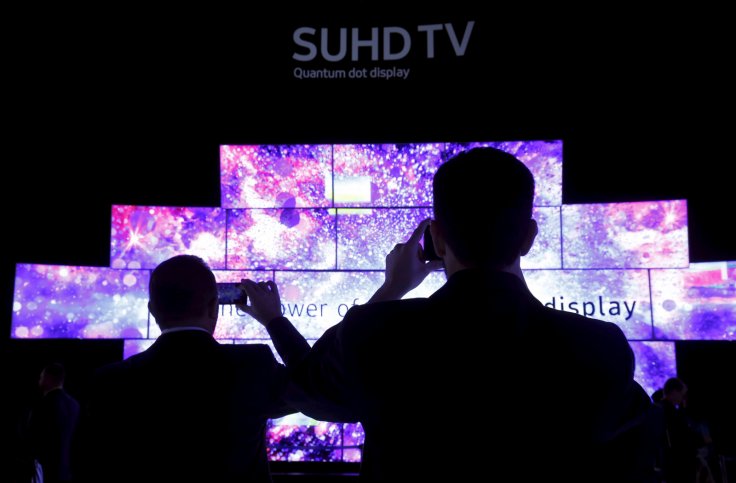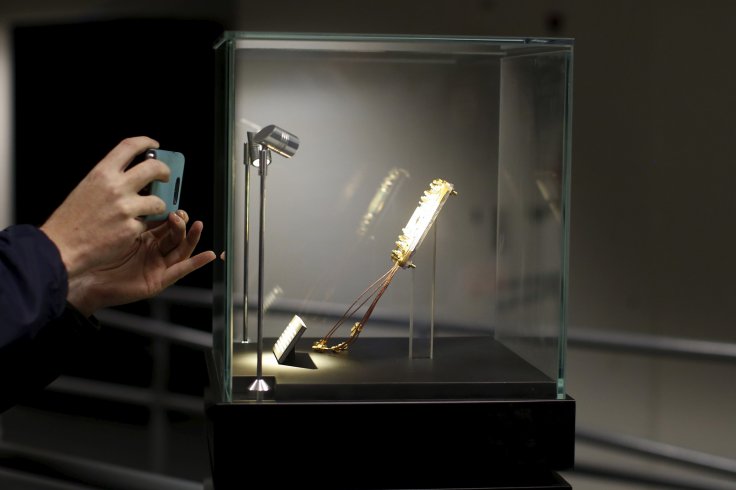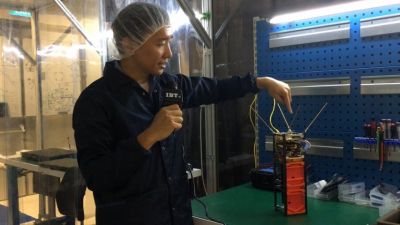
Are you a James Bond fan? "Quantum satellite" might sound familiar to you then, however; what you might not be familiar with is the fact that there, actually, is a satellite named Micius with some truly quantum assignments. Last year, the satellite helped the president of the Chinese Academy of Science make a quantum-safe video call.
The satellite has been doing some extraordinary, real-life works for the past one year, letting the Chinese government set up more secure communication lines with the help of quantum mechanics, one of the most significant achievements by the Chinese satellite.
It was the first ever quantum-safe video call made in the history of mankind between the Chinese Academy of Sciences president, Chunli Bai, and President Anton Zeilinger of the Austria Academy of Sciences in Vienna in October 2017.
How it works?
During this kind of super safe quantum call, individual particles act as specks and waves, at the same time, with a list of possible properties. If these particles are made to interact with each other, they're required going by the mathematics of quantum to be described using the same equation, even if they are being separated by large distances, states the report. If a pair of light particles is entangled and separated, one's measurement automatically implies that of the other. This is called "spooky action at a distance," the publication said.

However, it's not that spooky. Here encryption keys are shared to make sure that no one can eavesdrop on the call. Entangling photons over a huge distance means that a link is shared but if there's someone eavesdropping on the communications line, the laws of quantum mechanics make those particles to lose their "spooky" connection. This link is used by the scientists to set up a super secure line, said the report.
Essentially, Micius sends entangled photons encoded with specific polarizations to two stations - one in Austria and the other in China - as the security check. The scientists, first, make measurements of the polarization and after that send back the information derived from it.


The satellite reviews that information to make sure that there hasn't been a collapse of the entanglement. Following this, the satellite creates the security keys, which the stations use to encrypt and decrypt the video call, said the report.
So basically, if done right, these quantum key distribution systems are supposed to be unhackable, which means sending confidential and important data or discussing issues of national importance is feasible without ever worried about any security breach.








